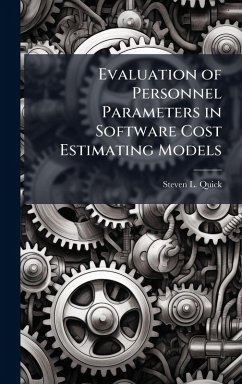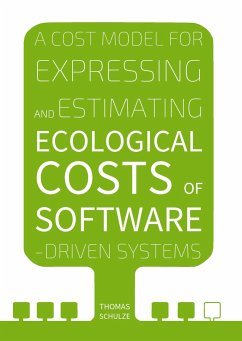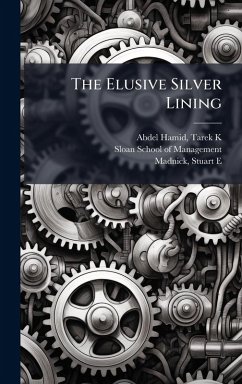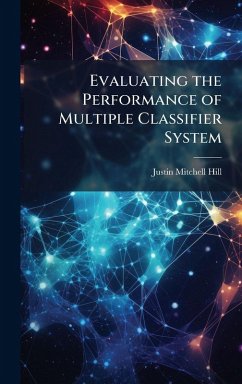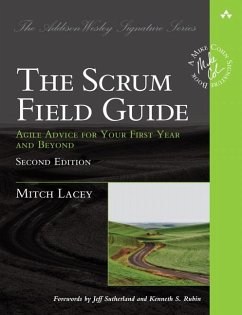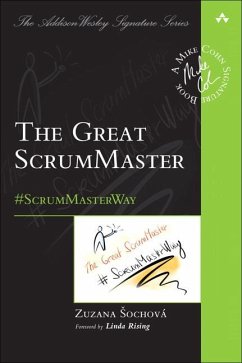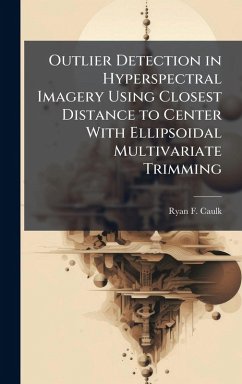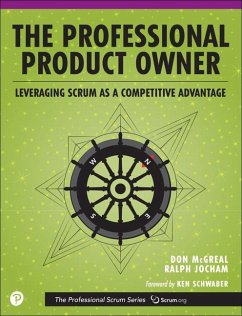
Calibration and Validation of the Cocomo II.1997.0 Cost/Schedulee Estimating Model to the Space and Missile Systems Center Database
Versandkostenfrei!
Versandfertig in über 4 Wochen
29,99 €
inkl. MwSt.
Weitere Ausgaben:

PAYBACK Punkte
15 °P sammeln!
The pressure to decrease costs within the Department of Defense has influenced the start of many cost estimating studies, in an effort to provide more accurate estimating and reduce costs. The goal of this study was to determine the accuracy of COCOMO II.1997.0, a software cost and schedule estimating model, using Magnitude of Relative Error, Mean Magnitude of Relative Error, Relative Root Mean Square, and a 25 percent Prediction Level. Effort estimates were completed using the model in default and in calibrated mode. Calibration was accomplished by dividing four stratified data sets into two ...
The pressure to decrease costs within the Department of Defense has influenced the start of many cost estimating studies, in an effort to provide more accurate estimating and reduce costs. The goal of this study was to determine the accuracy of COCOMO II.1997.0, a software cost and schedule estimating model, using Magnitude of Relative Error, Mean Magnitude of Relative Error, Relative Root Mean Square, and a 25 percent Prediction Level. Effort estimates were completed using the model in default and in calibrated mode. Calibration was accomplished by dividing four stratified data sets into two random validation and calibration data sets using five times resampling. The accuracy results were poor; the best having an accuracy of only .3332 within 40 percent of the time in calibrated mode. It was found that homogeneous data is the key to producing the best results, and the model typically underestimates. The second part of this thesis was to try and improve upon the default mode estimates. This was accomplished by regressing the model estimates to the actual effort. Each original regression equation was transformed and tested for normality, equal variance, and significance. Overall, the results were promising; regression improved the accuracy in three of the four cases, the best having an accuracy of .2059 within 75 percent of the time. This work has been selected by scholars as being culturally important, and is part of the knowledge base of civilization as we know it. This work was reproduced from the original artifact, and remains as true to the original work as possible. Therefore, you will see the original copyright references, library stamps (as most of these works have been housed in our most important libraries around the world), and other notations in the work. This work is in the public domain in the United States of America, and possibly other nations. Within the United States, you may freely copy and distribute this work, as no entity (individual or corporate) has a copyright on the body of the work. As a reproduction of a historical artifact, this work may contain missing or blurred pages, poor pictures, errant marks, etc. Scholars believe, and we concur, that this work is important enough to be preserved, reproduced, and made generally available to the public. We appreciate your support of the preservation process, and thank you for being an important part of keeping this knowledge alive and relevant.



